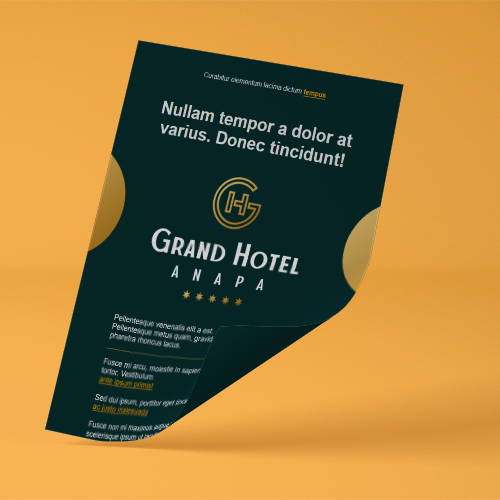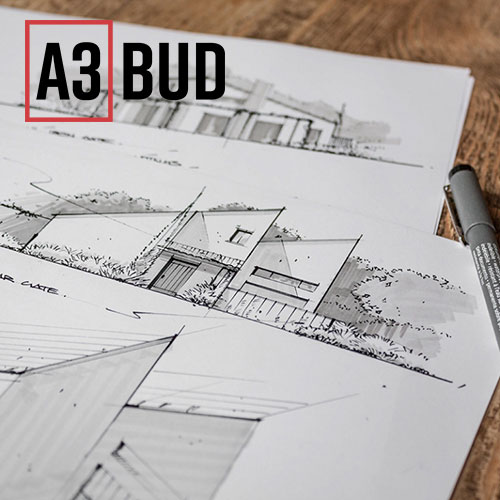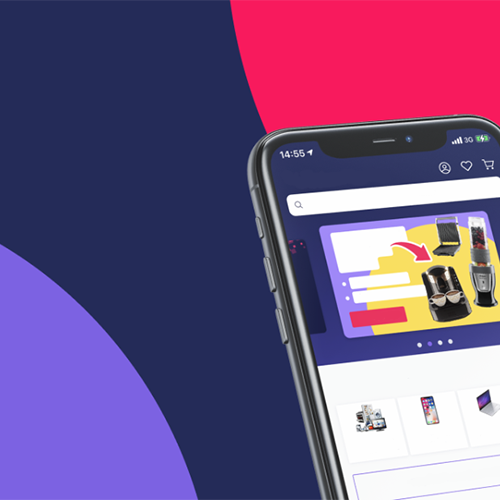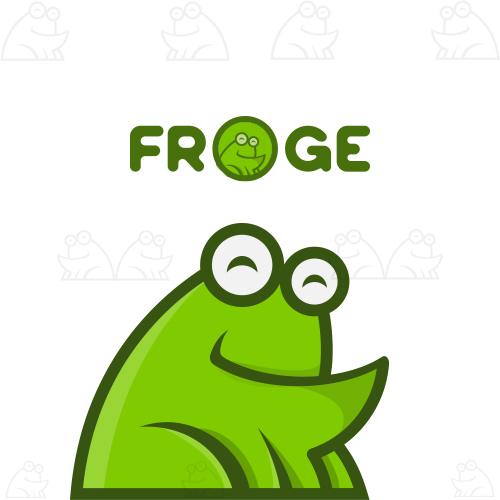

PSD to HTML5 / CSS3 Conversion
For over 12 years we convert psd to responsive html. You give us quality Photoshop layout and we convert psd file to html template. As a result, you get browser compatible, pixel perfect, W3C Valid, HTML5 / XHTML / CSS markup SEO with load speed optimization included.
- Smartphone/Tablet Compatibility
- Cross-browser Compatibility
- Easy Integration With Any CMS
- First Year Free Support
- Retina Display Optimization
- 100% Customer Satisfaction
ALSO We work with next formats:
PSD to Responsive HTML Development Features:

In 2015-2016, Google began taking into account the speed of the site’s load time on different devices in search results, since just a few extra seconds of waiting on page to load can scare the user away and they might go to another site. This is especially important for those who open the site from mobile devices, because the connection speed and power they have is much weaker than a usual PC. In order to minimize page loading speed we use file compression and caching algorithms, use optimal image formats and optimize images, of course, without loss of quality.
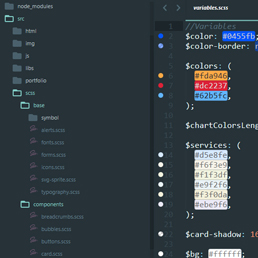
Most of the time we are using SCSS preprocessor, which has established itself as the most universal at the moment. But we also have experience working with SASS, LESS, STYLUS in projects. Preprocessors and 7-in-1 pattern allow to speed up development process, provide code flexibility and ease of future support, by other developers included, since most projects continue to advance and scale throughout their entire life cycle and our task is to create a foundation that will be flexible and have ease of change in the future.

We value and respect the designers’ work, therefore, so that the pages we slice won’t differ from the layout design, we use special utilities such as Pixel Perfect, which allows us to compare the layout with sliced page pixel by pixel. And in the layout we will always fix small flaws with text alignment, grid and typography, because accurately calibrated typography always raises the project a level higher.

It is no secret, that the website should be well displayed in all modern browsers on all possible devices, and for this you need to know the subtleties of each OS and browser features. And we know them. We know, for example: on iPhone, in order to prevent whole page zooming in when a text input is focused, it’s enough to set an appropriate font size; on Desktop, to get perfect smoothness of animations with 60fps, only certain css-properties need to be changed; We even remember how to make border-radius work in Internet Explorer 8, although we hope it won’t be necessary.

In order for the search engine to correctly and quickly process the content of the site’s code, it is important to ensure that the code is «understandable» to it and does not contain errors. The W3C standard defines general rules for writing HTML code, that search bots are guided by, and semantic code lets them read not only the page’s text but logical structure of the site as well. For example, when search engine sees the «nav» tag it immediately understands that this is navigation panel and will index the links in it faster and they will gain more SEO weight.
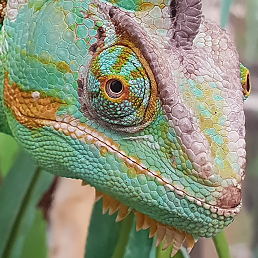
We create responsive layout for all screen sizes from old smartphones with small resolution to modern large monitors with different aspect ratios. If the project’s architecture requires it, we do adaptive layout – different versions of a site, to make site’s usability much more comfortable and avoid unnecessary information being loaded for each version.
Optional Features:
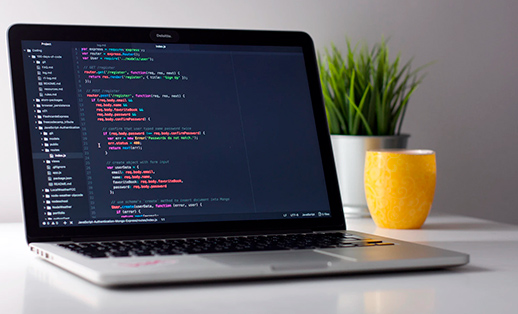
For many years, Photoshop was a universal tool for creating layouts, and HTML, CSS, PSD in pack – the standard in web development. At the moment, there are newer and more convenient tools for creating layouts and wireframes, but PSD is still a popular format, especially for small projects and landing pages, where image quality and image processing are more important than the complex structure of the service, because Photoshop has no equals in image editing. Thus, for small projects, it makes no sense to use two or more different tools for working with the layout (the photos are processed in one editor, and then transferred to another editor, where the layout is created).
Therefore, one of the main requirements for a web developer, at least in our studio, is the correct slicing Photoshop to HTML template ability, as well as knowledge of the intricacies and features of the editor, as well as basic Photoshop skills so that you can make any necessary changes to the layout.
How can you prepare before you outsource PSD to HTML coding:
- It is very important for the designer to prepare layout for work:
- remove unused items;
- show or somehow highlight the hidden layers that are needed for development;
- merge layers with illustrations, so that there were no separate effect layers;
- logically group layers into folders;
- attach all used in layout fonts and other additional materials, if necessary;
- To avoid additional trouble when you want to convert Psd to Bootstrap, need to make sure the layout is built on a 12/24-column grid, with same indentation within the columns. If you are not sure you’re using the right grid, you can check particular tutorial and grid examples;
- The size of the finished Psd layout, preferably, should not exceed 250-300 MB, if there is no special reason.
If you want to reduce the cost and speed up coding from Photoshop to HTML5, you can provide an archive with already sliced images and icons that are used in the layout. This is useful if the designer has such an opportunity, and the code is needed ASAP. For this you can use special Photoshop tools, which can be found in File -> Export. Psd to Html coding in this case will take less time and the project will be ready much sooner.
If layout gets use of vector graphics, it is also better to prepare an archive with all SVG icons and SVG images to be sure that all graphics are ready for work. This is especially true for svg intended for animation.
Also, coding PSD to HTML process can be sped up, if project has a separate layout with typography and possible states of all elements. When such a layout is available, developer immediately sees all the basic elements and understands in advance, what is needed to be done and prepares a template for this in advance.
- What is the pricing?
Almost always the price depends on complexity and amount of work. It varies drastically. That's why we have average fixed rate per hour from which we build upon when evaluating a project:
- The average developer rate for a new project is $25/h
- The average developer rate for maintenance and updates is $25/hWe will gladly calculate the cost of your project. Simply contact us or use the free quote form.
- Can I get a discount?Discounts are provided to regular customers and wholesale customers. But we are always open to suggestions. Simply contact us.
- I already have a site ready, but I want to make changes and get support. Is it possible?Oh, sure! Just send us the link to the site you need fixed and provide us with accesses and a list of what you would like to be done. You can use the form here.
- What are the average project lead times?
The design and implementation methods of each project are unique. Requirements also affect development speed. But if you take on average:
- The average development time of the first standard page is about 8-12 hours
- The average time for each subsequent page of the same project is 4-6 hoursTimes may vary slightly depending on the complexity and specifications of the project.
We start working only after our manager discusses all the details of the project with you.
- Why is the cost and duration of my project, which were shown on the form when ordering, are different from the final cost?Unfortunately, our form cannot evaluate the complexity of your particular design. In the form, you can see rough forecasts for assessing the cost and terms of development, as if you uploaded a medium complexity project. Therefore, only after evaluating the project by our manager, we can tell you the exact values of the price and terms.
